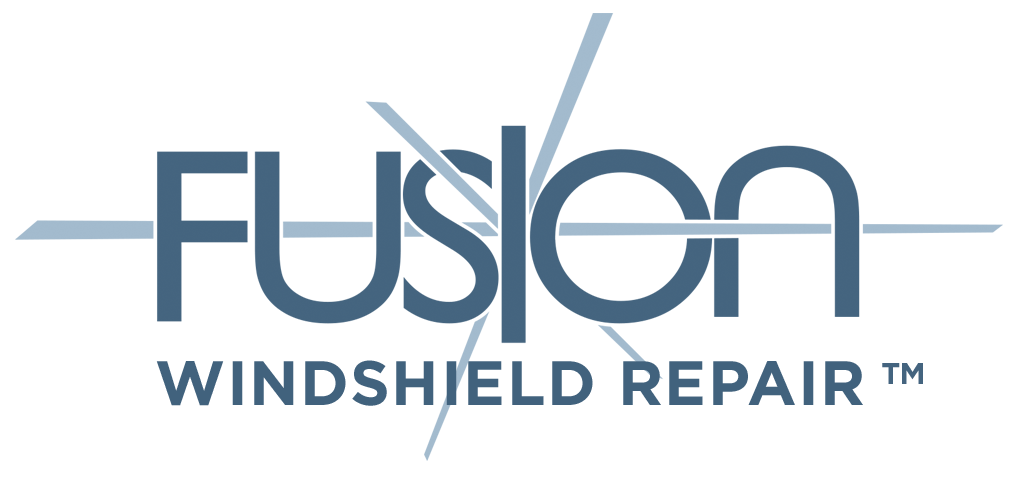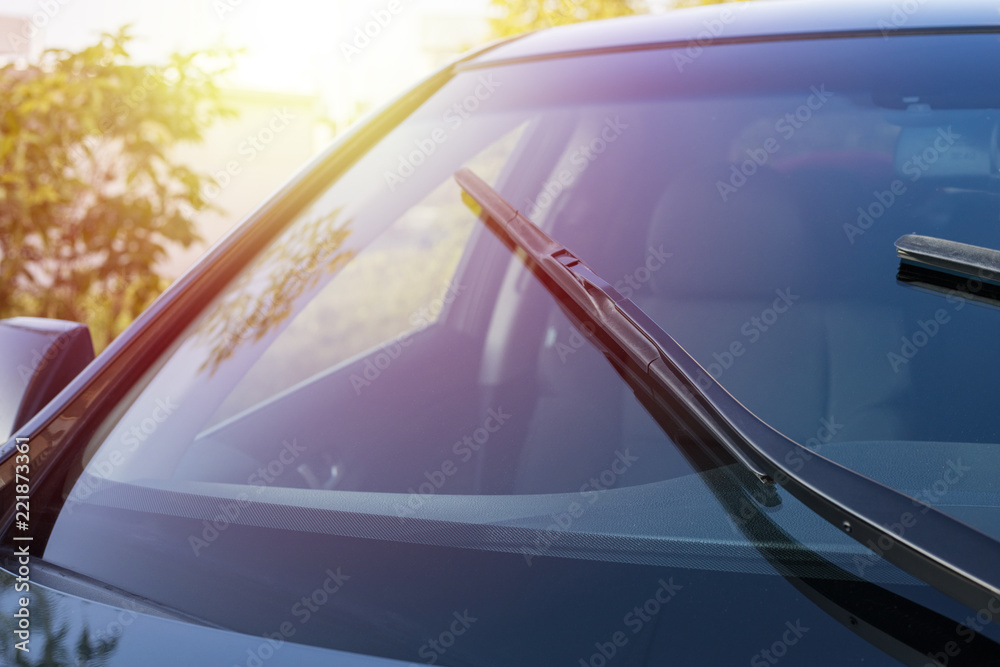Auto glass calibration is important for modern vehicles with ADAS technologies. This calibration process helps ensure your sensors function properly while driving, enhancing safety and performance. Unfortunately, some people overlook the necessity of this step, risking the effectiveness of their vehicle’s advanced safety features. Today, with this comprehensive post, we’ll highlight the pivotal role of auto glass calibration for vehicles.
What Is Auto Glass Calibration?
Auto glass calibration refers to adjusting the parameters of a vehicle’s camera and sensor systems attached to the windshield to ensure they provide accurate readings. This ensures that ADAS functionalities, such as lane departure warnings and emergency braking systems, operate correctly. Recalibration is necessary after windshield replacement, car accidents, and repairs that can affect the camera and sensor alignment.
The Need for Recalibration
As mentioned, auto glass calibration is so important because it ensures that all ADAS technologies continue to work after the windshield’s replacement or other repairs. Considering that even minor misalignments can lead to inaccuracies in system readings, windshield recalibration isn’t just a recommendation. It’s a necessity. This precision guarantees that the ADAS features rely on the correct data to operate effectively, keeping you safe on the road.
Risks of Neglecting Calibration
Driving with an improperly calibrated windshield or ADAS feature is a risk that no driver should take. This negligence can impair your vehicle’s ability to respond to hazards, potentially leading to accidents. For example, the adaptive cruise control system may misjudge the distance and speed of the vehicle ahead, causing inadequate braking or unnecessary acceleration.
Similarly, a miscalibrated lane departure warning system might fail to alert you when veering off the lane. Or it might issue false warnings, leading to confusion and potentially hazardous reactions, such as unnecessary swerving or abrupt braking.
Understanding the Calibration Process
The calibration process involves adjusting the ADAS sensors and cameras to the vehicle manufacturer’s specifications. This process can vary depending on the vehicle’s make and model and requires specialized tools and expertise. It’s not a DIY job. Professional recalibration services ensure that your vehicle’s safety systems function correctly, helping to avoid accidents and maintain safety on the roads.
Final Thoughts
Ensure your vehicle undergoes professional auto glass calibration, especially after windshield replacement. This essential service guarantees that your vehicle’s advanced driver assistance systems (ADAS) function optimally, safeguarding you and your passengers and everyone sharing the road with you.


Recent Comments